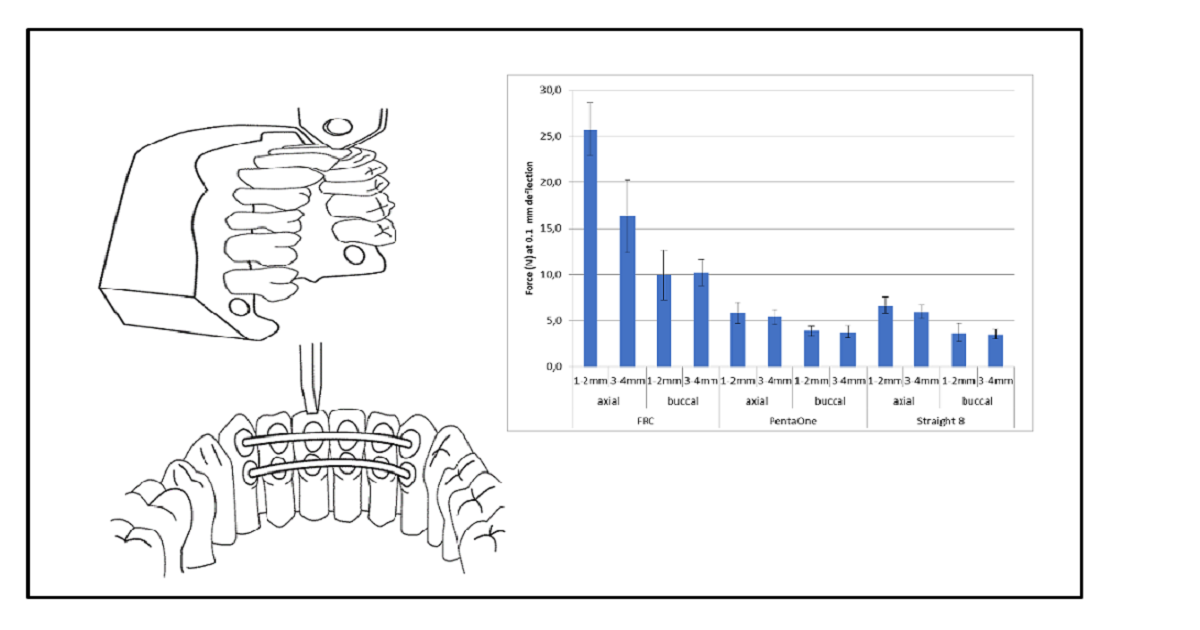Advanced Restorative Dental Composite Resins: Research and Development
A special issue of Materials (ISSN 1996-1944). This special issue belongs to the section "Advanced Composites".
Deadline for manuscript submissions: closed (20 November 2022) | Viewed by 45396

Special Issue Editor
Interests: fiber reinforced composites; dental materials
Special Issues, Collections and Topics in MDPI journals
Special Issue Information
Dear Colleagues,
As one of the most popular restorative materials, composite resins have been widely used in dentistry for nearly 60 years. Ongoing enhancements of these materials have extended their indications for use and contributed to excellent clinical results in terms of aesthetics and function. In fact, contemporary restorative dentistry is unimaginable without composite resins. However, it is clear from the literature that there are still limitations in contemporary dental composite resins, and there is therefore a need to further improve the property of materials to reduce the clinical failure rates and increase durability of direct/indirect composite restorations.
Based on these, this Special Issue is intended to cover the topic of dental composite resins from the most recent research and development perspectives. It is our pleasure to invite you to contribute to this Special Issue. Research articles, review articles, and short communications are all welcome.
Assoc. Prof. Dr. Sufyan Garoushi
Guest Editor
Manuscript Submission Information
Manuscripts should be submitted online at www.mdpi.com by registering and logging in to this website. Once you are registered, click here to go to the submission form. Manuscripts can be submitted until the deadline. All submissions that pass pre-check are peer-reviewed. Accepted papers will be published continuously in the journal (as soon as accepted) and will be listed together on the special issue website. Research articles, review articles as well as short communications are invited. For planned papers, a title and short abstract (about 250 words) can be sent to the Editorial Office for assessment.
Submitted manuscripts should not have been published previously, nor be under consideration for publication elsewhere (except conference proceedings papers). All manuscripts are thoroughly refereed through a single-blind peer-review process. A guide for authors and other relevant information for submission of manuscripts is available on the Instructions for Authors page. Materials is an international peer-reviewed open access semimonthly journal published by MDPI.
Please visit the Instructions for Authors page before submitting a manuscript. The Article Processing Charge (APC) for publication in this open access journal is 2600 CHF (Swiss Francs). Submitted papers should be well formatted and use good English. Authors may use MDPI's English editing service prior to publication or during author revisions.
Keywords
- Synthesis
- Properties
- Reinforcement
- Light curing
- Bioactivity
- Remineralization
- Biomimetics
- Adhesion
Benefits of Publishing in a Special Issue
- Ease of navigation: Grouping papers by topic helps scholars navigate broad scope journals more efficiently.
- Greater discoverability: Special Issues support the reach and impact of scientific research. Articles in Special Issues are more discoverable and cited more frequently.
- Expansion of research network: Special Issues facilitate connections among authors, fostering scientific collaborations.
- External promotion: Articles in Special Issues are often promoted through the journal's social media, increasing their visibility.
- Reprint: MDPI Books provides the opportunity to republish successful Special Issues in book format, both online and in print.
Further information on MDPI's Special Issue policies can be found here.






